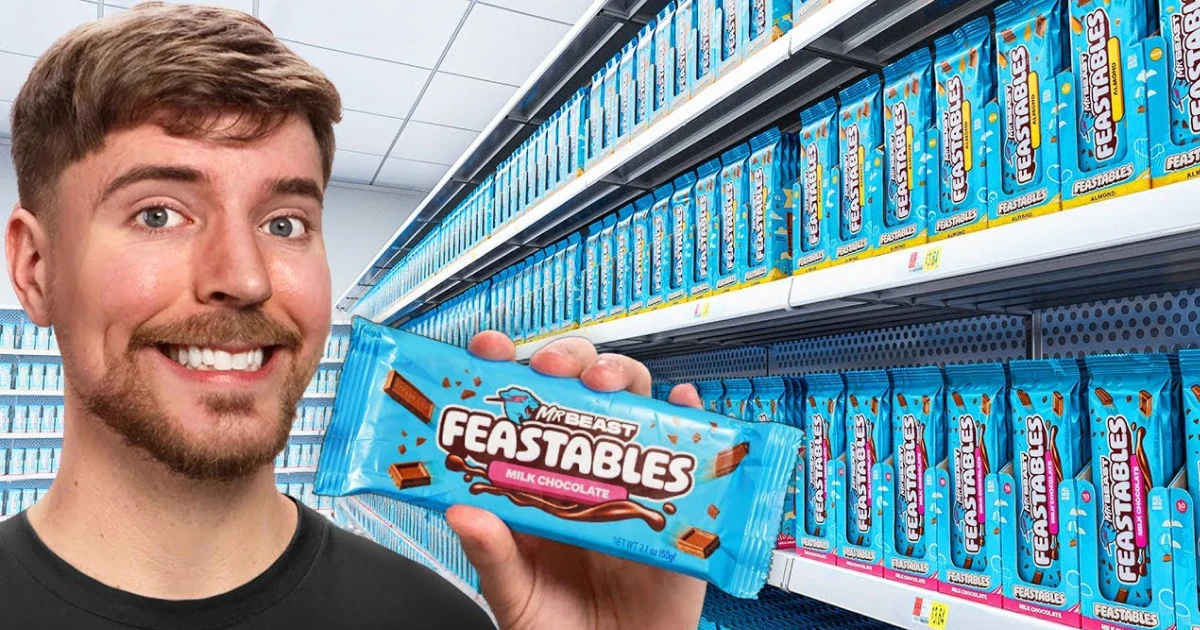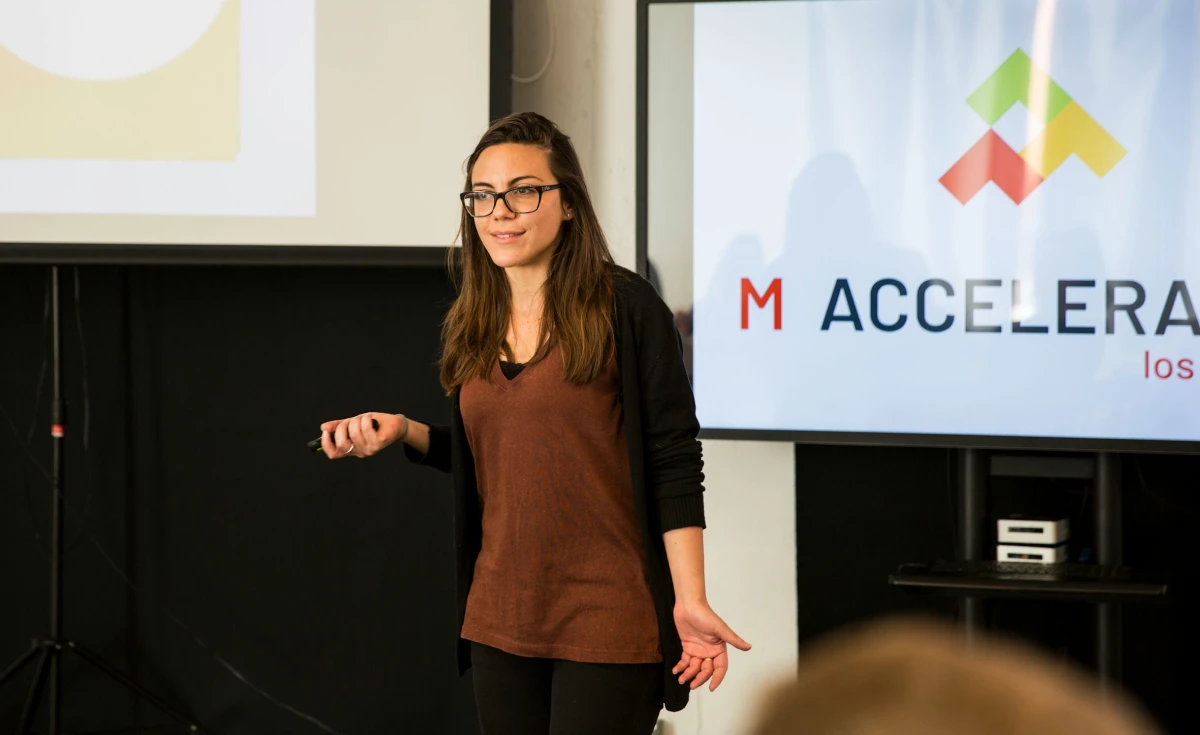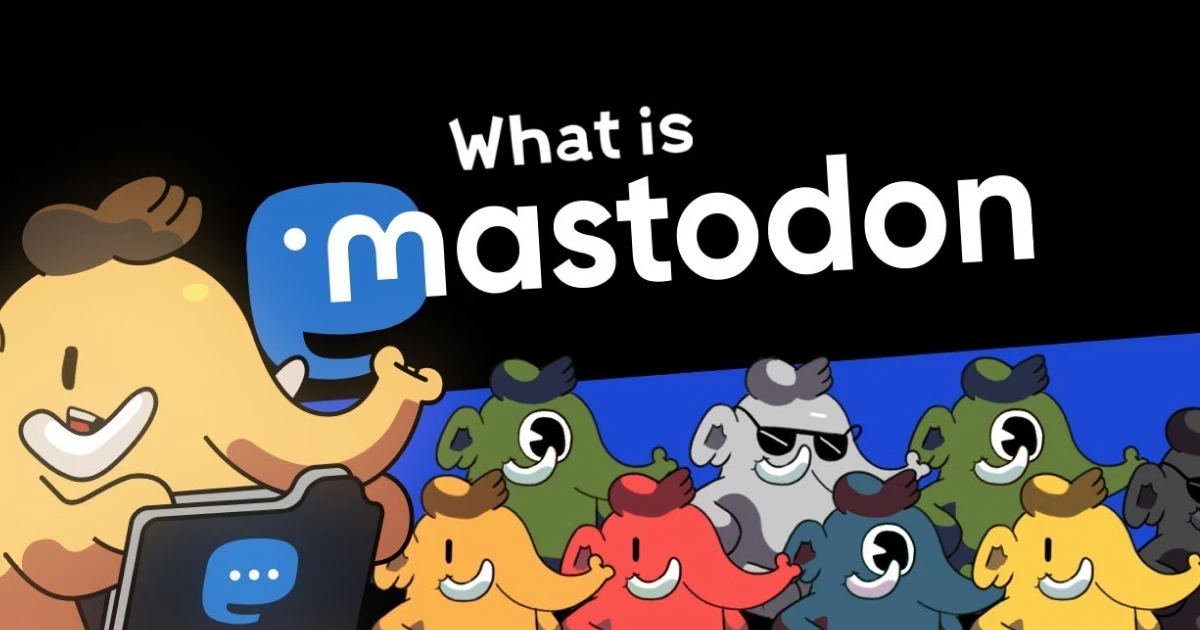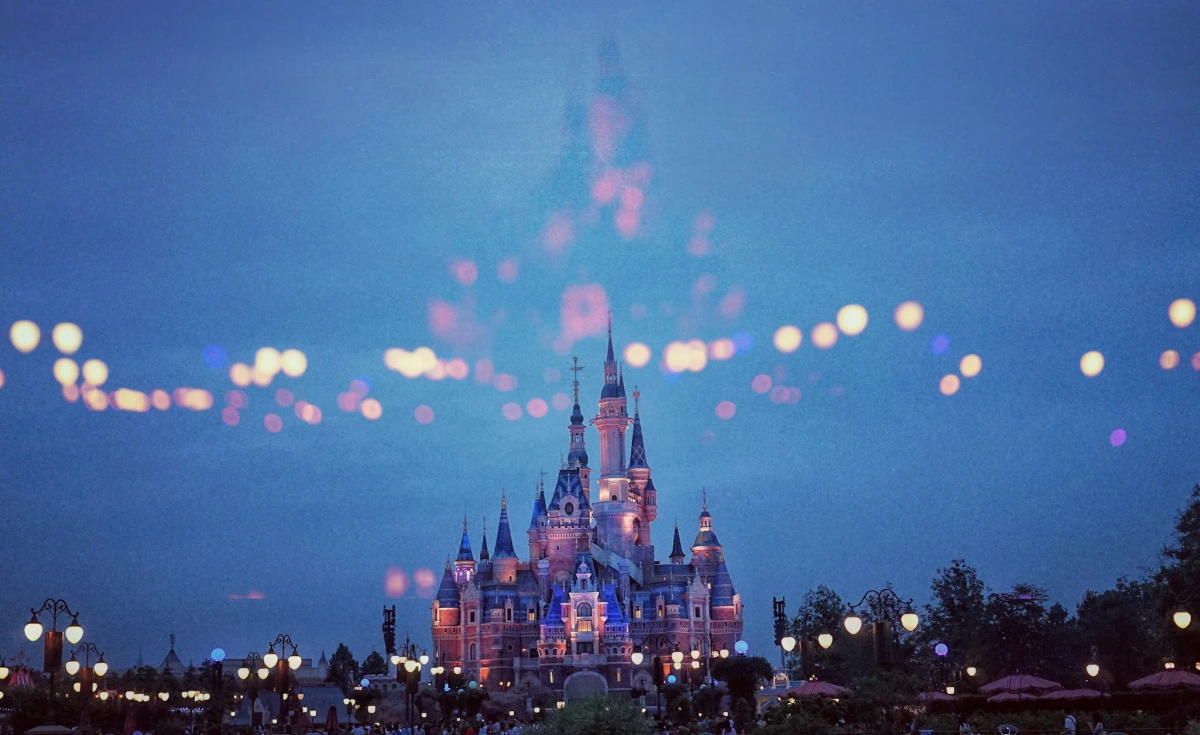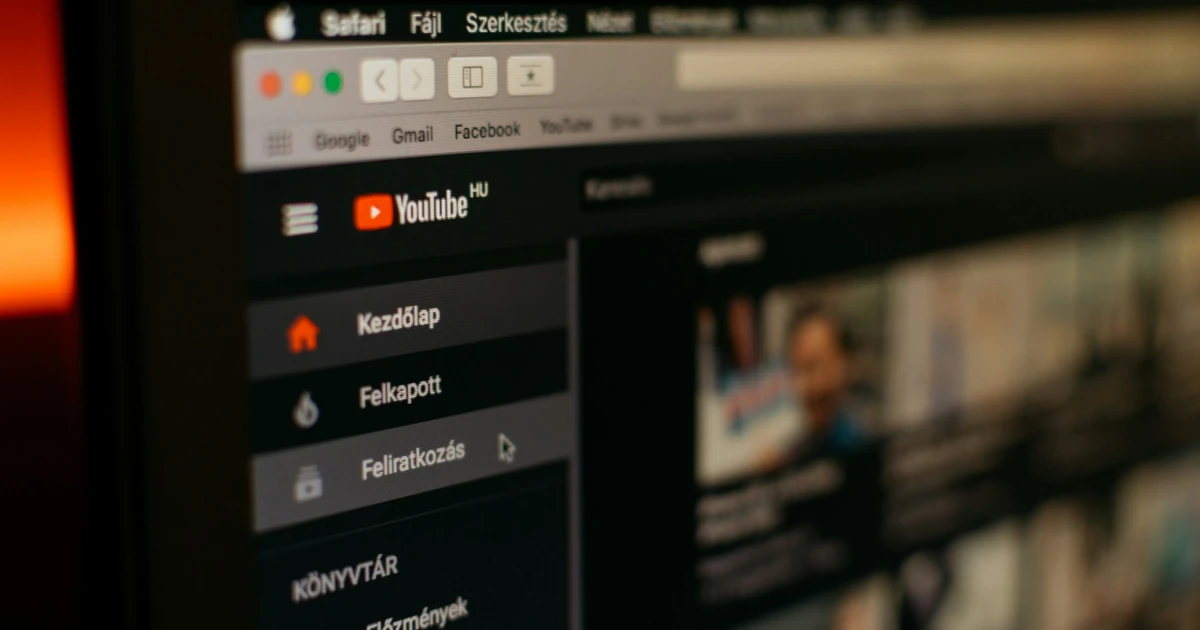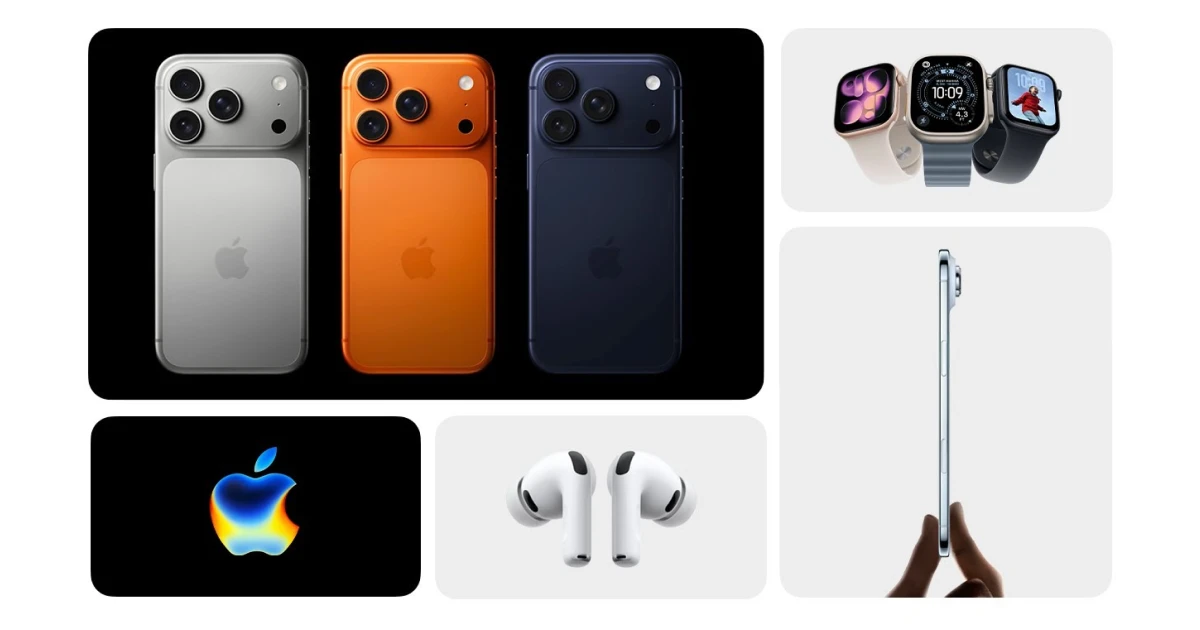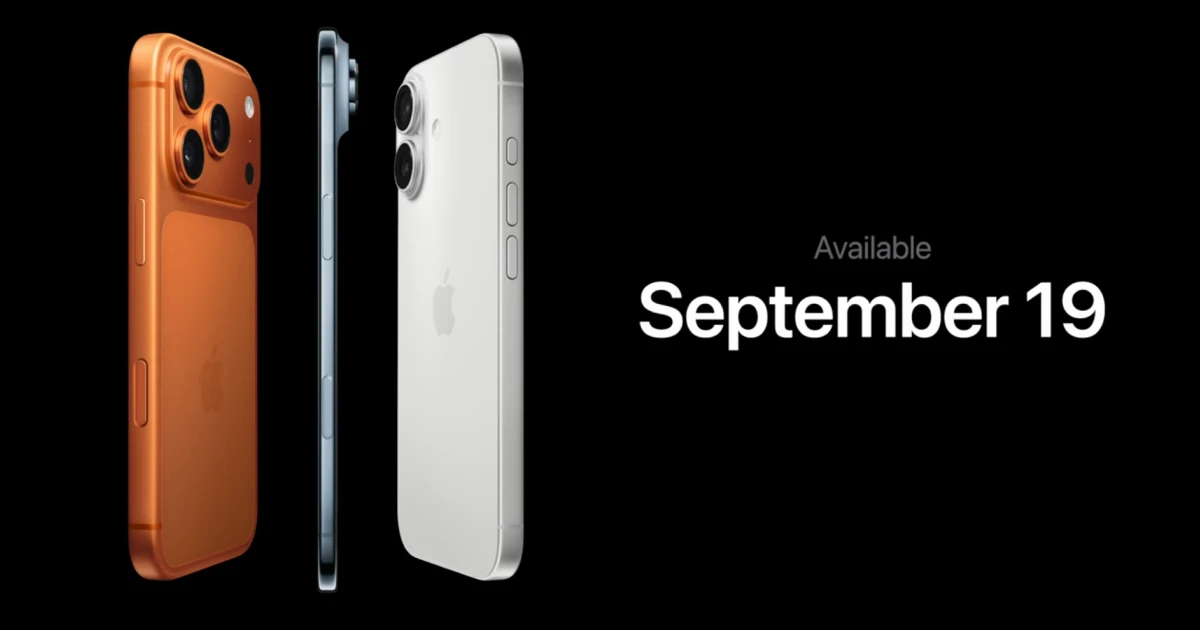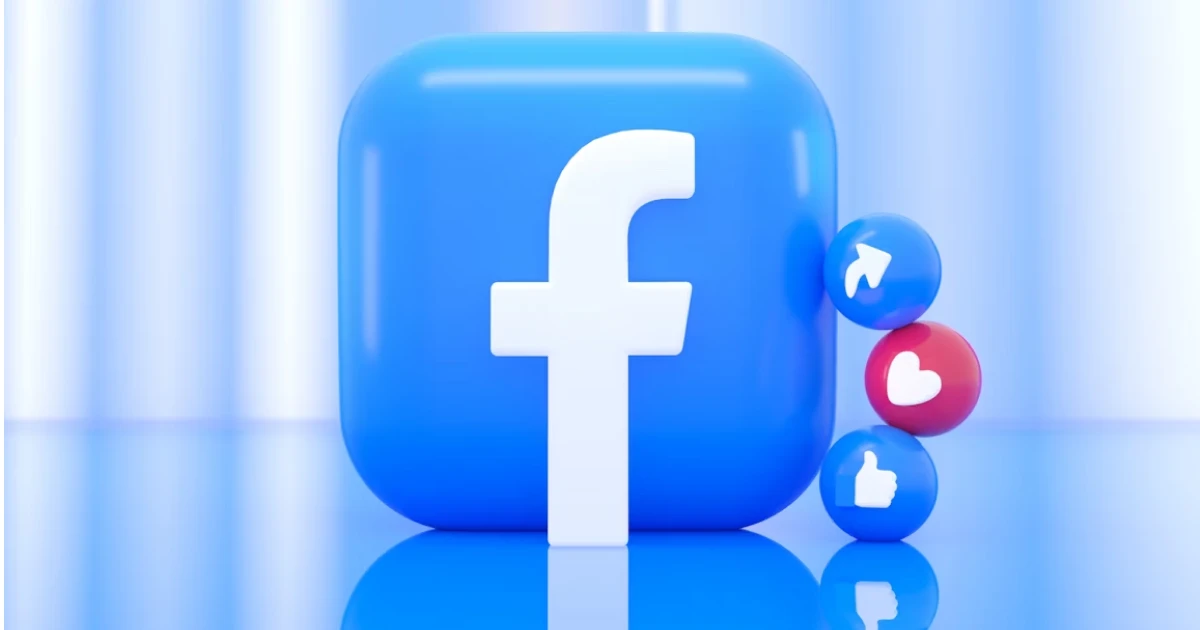However, the advertising landscape has undergone an immense transformation with the explosion of digital channels throughout the years. And most of it is all thanks to one tech giant – Google!
Why, you might ask? When Google AdWords – the company’s advertising platform – was introduced back in 2000 (yes, it’s that old!), it represented a literal game-changer in the world of advertising. Now, all businesses were competing for visibility on a platform that allowed us to reach our target audience more precisely than ever before. This opened up the door for small businesses that could not afford to run ads during prime-time television slots or in popular magazines.
The introduction of AdWords not only transformed the digital advertising industry and introduced new technology but also paved the way for Google to become the tech giant that it is today. The platform’s success allowed them to invest in and develop new technologies such as Google Analytics and Google Maps, but also to acquire companies like Youtube, all of which opened up a new world of digital marketing advertising possibilities. After all, now, Google Maps is a God for restaurants looking to promote themselves.
Right now, Google provides the most complex new technology for its digital advertising platform with a variety of channels that offer us vital insights regarding customer behavior and a complete 360-degree perspective of who our customers are. Search Ads, Display, and Video campaigns – as advertisers, we can now target our audience more precisely and monitor our performance through the Campaign Manager platform.
Well, believe it or not, Google’s dominance in the advertising world is not going anywhere anytime soon – despite being around for more than two decades. Their vast array of technologies and platforms will allow for a level of targeting and tracking that might now be unimaginable. In fact, Yonca Dervișoğlu, VP of Marketing at Google EMEA, stated that:
“And in 2032, we’ll be much closer to my dream state for ads: a world where they are perfectly relevant sources of information for everyone, all while meeting the highest privacy standards. AI is already delivering huge value, and the marketing toolbox will continue to evolve at pace.”
And it makes sense! As the digital advertising world evolves and leverages new technology, one aspect remains clear: personalization is key. People want to see ads that are relevant to them and their interests. That’s why Google has already started investing heavily in artificial intelligence and machine learning to improve the way Google ads are targeted and delivered.
Through machine learning, Google’s new technology is able to analyze vast amounts of data and understand what each of us is interested in. This allows them to create personalized ads that are more likely to resonate with what we’re looking for. For example, suppose a user frequently searches for vegan recipes. In that case, they might see ads for vegan cookbooks or plant-based food delivery services. This has been around for a while. We know that.
But Google also started to understand that it’s not just about targeting the right people with the right ads – but rather delivering those ads at the right time and in the right context. For this reason, the future of advertising is about reducing the countless ads that seem spammy due to their overwhelmingly high volume. How exactly? By using the data to understand when we, as consumers, will most likely be receptive to certain messages, advertisers can deliver ads accordingly.
In fact, Google is pushing towards a cookieless future in which user privacy is preserved while still allowing advertisers to target and track users effectively. To achieve this goal, Google has been working on developing alternative solutions to cookies. One such solution is their Privacy Sandbox initiative, which aims to create a set of privacy-focused APIs that will allow advertisers to continue to target and track users without relying on cookies.
In addition to the Privacy Sandbox, Google is also working on improving its data privacy practices more broadly. They have made several changes to their policies and products in recent years, such as introducing tools like Privacy Checkup and My Activity to give users more control over their data and how it’s used.
And Google’s acquisition of the VR company Owlchemy Labs could take this to the next level as it suggests that they are already exploring the possibilities of virtual and augmented reality advertising. And it’s working! Now, we are able to try a pair of shoes in a virtual environment through Nike’s “Find Your Pair” or to see how a piece of furniture would look in our living room before making a purchase through IKEA’s Planner.
But what can be taken out of this is that Google and advertisers will be focused on building genuine customer relationships and enabling more meaningful interactions. The future of advertising will rely on meeting the expectations of consumers who are seeking seamless experiences across digital and physical touchpoints. For this reason, there will be an increased shift in developing a trusting relationship between companies and their consumers – and it seems like this link will be Google!
As we move into the future, it’s clear that Google is committed to exploring new and innovative ways to create engaging consumer advertising experiences. Whether it’s through AI-powered personalized Google ads, cookieless tracking solutions, or immersive VR and AR experiences, Google is leading the way in shaping the future of advertising.





